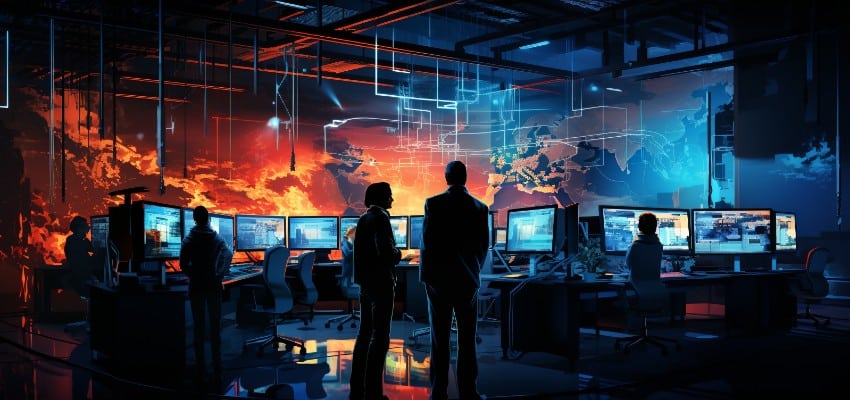|
|
Content Assessment: Major Revamp to the NIST Cybersecurity Framework - Reflecting Changes in the Cybersecurity Landscape
Information - 86%
Insight - 88%
Relevance - 92%
Objectivity - 90%
Authority - 92%
90%
Good
A short percentage-based assessment of the qualitative benefit of the recent announcement by NIST of the public draft availability of the NIST Cybersecurity Framework 2.0.
Editor’s Note: The National Institute of Standards and Technology (NIST) has released a draft version of its Cybersecurity Framework (CSF) 2.0. This significant update reflects changes in the cybersecurity landscape and aims to make the CSF more practical for all organizations. The updated framework, which is now open for public comment, expands upon the five main pillars of a successful cybersecurity program, adding a sixth, “govern,” to emphasize the role of cybersecurity as a major source of enterprise risk. This development is highly relevant for cybersecurity, information governance, and eDiscovery professionals who need to stay updated with the latest developments and standards in cybersecurity risk management.
NIST Announcement Overview
Major Revamp to the NIST Cybersecurity Framework: Reflecting Changes in the Cybersecurity Landscape
ComplexDiscovery Staff
In the cybersecurity landscape, the National Institute of Standards and Technology’s (NIST) Cybersecurity Framework (CSF) has been a pillar of guidance for nearly a decade. After gathering more than a year’s worth of community feedback, NIST has released a draft of its updated CSF 2.0. This major update aims to address changes in the cybersecurity landscape and make the CSF more practical for all organizations, not just those designated as critical.
The CSF, first released in 2014, has been a tool to help organizations understand, reduce, and communicate about cybersecurity risk. However, with technological advancements and the evolving threat landscape, NIST recognized the need for an update. The revised CSF 2.0 aims to reflect the current usage of the Cybersecurity Framework and anticipate future usage across various sectors, such as education, small businesses, and government bodies, both local and foreign.
The draft framework, open for public comment until November 4, 2023, highlights several significant changes. The scope has been expanded from protecting critical infrastructure to providing cybersecurity for all organizations, regardless of type or size. This shift is reflected in the title change from “Framework for Improving Critical Infrastructure Cybersecurity” to simply “The Cybersecurity Framework.”
Moreover, a sixth pillar, “govern,” has been added to the existing five functions of identify, protect, detect, respond, and recover. This new function focuses on how organizations can make and execute internal decisions to support their cybersecurity strategy, emphasizing that cybersecurity is a significant source of enterprise risk, on par with legal, financial, and other risks.
The draft also provides improved guidance on implementing the CSF, especially for creating profiles, which tailor the CSF for particular situations. In addition, it explains how organizations can leverage other technology frameworks, standards, and guidelines, from NIST and elsewhere, to implement the CSF.
The final version of the updated CSF is expected to be published in early 2024. Given its widespread usage—downloaded more than two million times by users across more than 185 countries—the update holds significant implications for cybersecurity practices globally.
Assisted by GAI and LLM Technologies
Additional Reading
- eDisclosure Systems Buyers Guide – Online Knowledge Base
- A Running List: Top 100+ eDiscovery Providers
Source: ComplexDiscovery



























